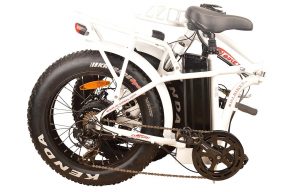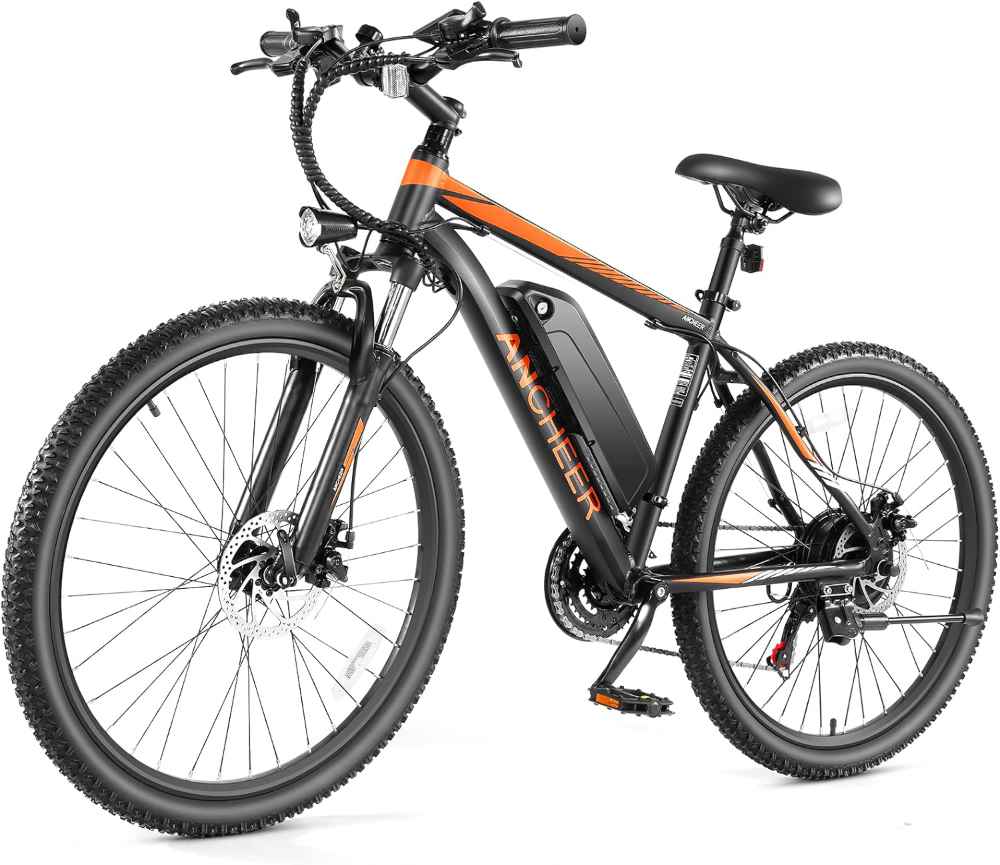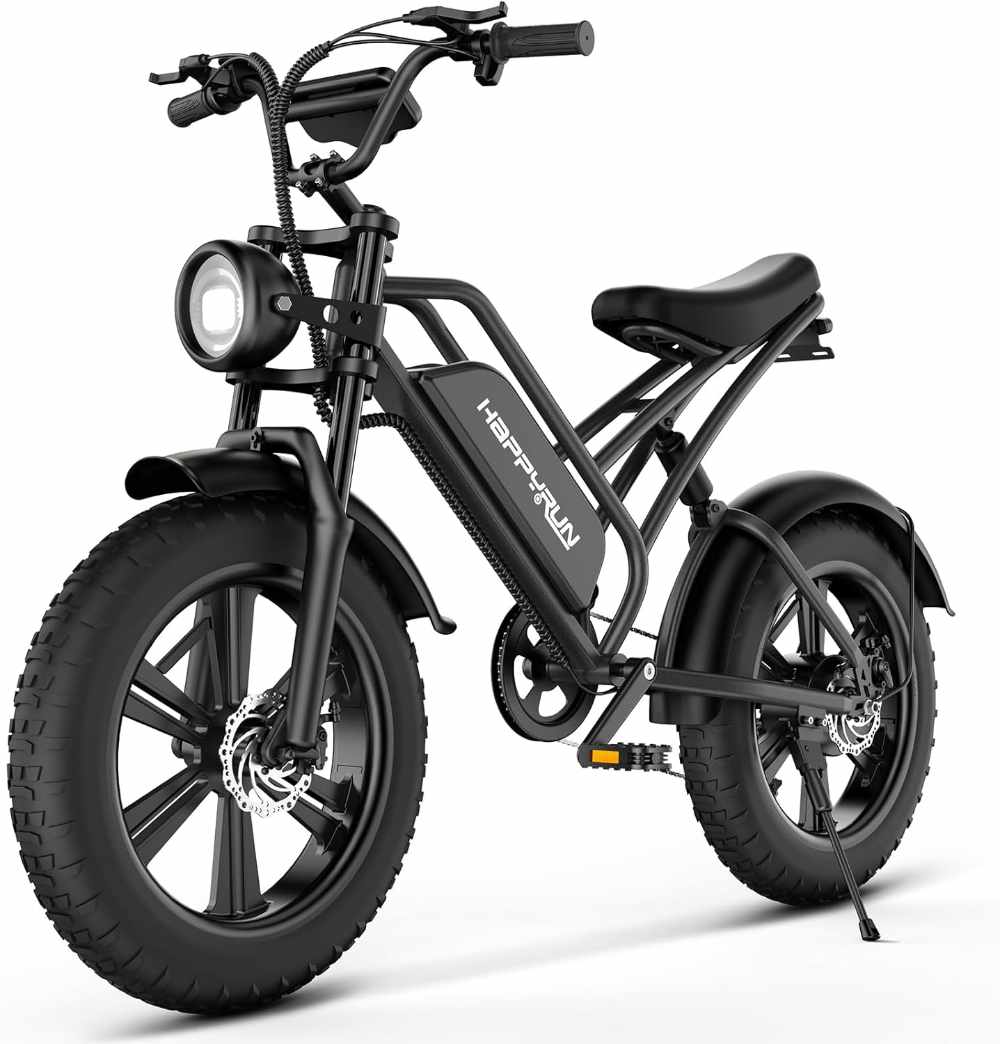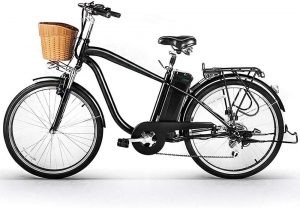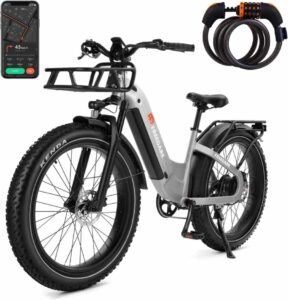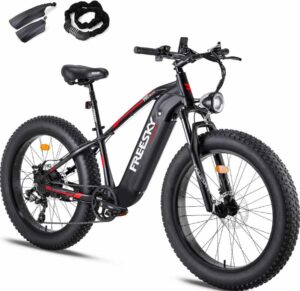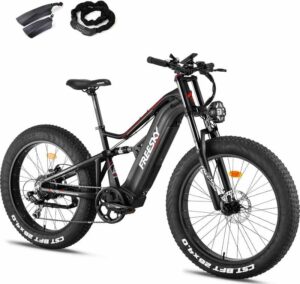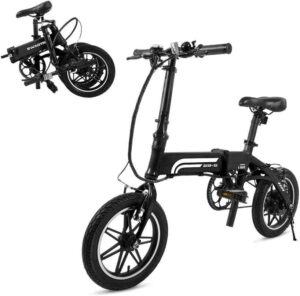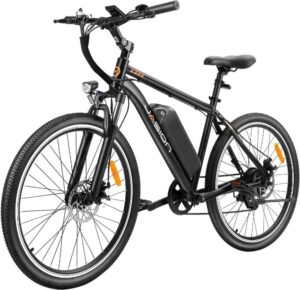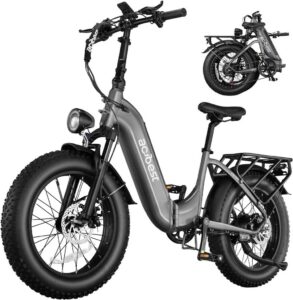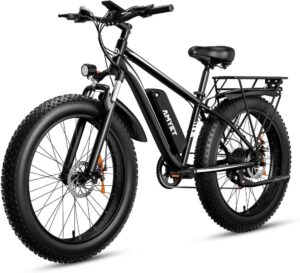Electric Bike Critic
Your Ultimate E-Bike Resource
Best E-Bike Reviews and Guides 2024 | Powering Your Cycling Journey...
Welcome to Electric Bike Critic
Your Ultimate Resource for Electric Bikes in 2024
Researching the realm of electric bikes (e-bikes) can seem daunting at first. However, we’re clearing the path for you here at Electric Bike Critic. Whether you’re venturing into the world of e-bikes for the first time, a seasoned cyclist considering an electric upgrade, or an e-bike aficionado hungry for more, our platform is tailored to suit your needs. At Electric Bike Critic, we offer in-depth articles that demystify the e-bike universe. Moreover, we meticulously compile and present reviews on electric bikes, drawing from extensive online research and customer feedback, ensuring that you’re equipped with the best information available.

Explore the Best Electric Bikes of 2024
Our Top 20 Electric Bikes post offers a comprehensive comparison of the most popular and highly rated e-bikes in the market. From the speediest road bikes to the most robust mountain bikes, these twenty models set the bar for quality and performance.
FREEDARE Eden Fat Tire Step Through Electric Mountain Bike
- Below $2000
- 26-Inch
- "Redefine your cycling experience with the FREEDARE Eden, where style meets functionality in this high-performance, smart-connected electric bike."...
FREEDARE Saiga Fat Tire Electric Mountain Bike
- Below $2000
- 26-Inch
- "Ride with confidence and control on the FREEDARE Saiga, a fat tire electric mountain bike that brings power, performance, and smart technology together for an unmatched cycling experience."...
FREESKY Himalaya Fat Tire E Mountain Bike
- $751 - $1000
- 26-Inch
- Dominate any terrain with the FREESKY Himalaya, where power meets versatility in this high-performance electric mountain bike, perfect for adventure seekers and daily commuters alike....
FREESKY Warrior Dual Motor Fat Tire E Mountain Bike
- Below $2000
- 26-Inch
- The FREESKY Warrior is your ultimate adventure partner, equipped with dual 1000W motors and a full suspension system to tackle the toughest trails with ease and confidence....
FREESKY Swift Horse 26″ Fat Tire E Mountain Bike
- Below $2000
- 26-Inch
- Discover the rush of the trails with the FREESKY Swift Horse—a robust e-bike that guarantees to infuse excitement into every journey, no matter the destination....
FREESKY Alaska Dual Battery Fat Tire E Mountain Bike
- Below $2000
- 26-Inch
- Challenge the mountains and extend your horizons with the FREESKY Alaska—a beastly e-bike that's as eager for adventure as you are....
E-Bikes for Every Adventure
Different terrains require different types of e-bikes. Check out our guides to the best Folding Electric Bikes for easy storage and transport, or explore the exhilarating world of e-powered cycling with our top Mountain Electric Bikes. For those who love the thrill of the open road, we’ve compiled the best Fat Tire Electric Bikes for you.
FREEDARE Eden Fat Tire Step Through Electric Mountain Bike
- Below $2000
- 26-Inch
- "Redefine your cycling experience with the FREEDARE Eden, where style meets functionality in this high-performance, smart-connected electric bike."...
FREEDARE Saiga Fat Tire Electric Mountain Bike
- Below $2000
- 26-Inch
- "Ride with confidence and control on the FREEDARE Saiga, a fat tire electric mountain bike that brings power, performance, and smart technology together for an unmatched cycling experience."...
FREESKY Himalaya Fat Tire E Mountain Bike
- $751 - $1000
- 26-Inch
- Dominate any terrain with the FREESKY Himalaya, where power meets versatility in this high-performance electric mountain bike, perfect for adventure seekers and daily commuters alike....
FREESKY Warrior Dual Motor Fat Tire E Mountain Bike
- Below $2000
- 26-Inch
- The FREESKY Warrior is your ultimate adventure partner, equipped with dual 1000W motors and a full suspension system to tackle the toughest trails with ease and confidence....
FREESKY Swift Horse 26″ Fat Tire E Mountain Bike
- Below $2000
- 26-Inch
- Discover the rush of the trails with the FREESKY Swift Horse—a robust e-bike that guarantees to infuse excitement into every journey, no matter the destination....
FREESKY Alaska Dual Battery Fat Tire E Mountain Bike
- Below $2000
- 26-Inch
- Challenge the mountains and extend your horizons with the FREESKY Alaska—a beastly e-bike that's as eager for adventure as you are....
Affordable E-Bikes: Quality Meets Value
Good e-bikes don’t always have to break the bank. We understand the need for affordable yet reliable options. That’s why we’ve curated a list of top-rated e-bikes Under $750, providing you with budget-friendly options that don’t compromise on performance.
SWAGTRON EB-5 Swagcycle: The Ultimate Folding Electric Bike for Urban Commuters
- Below $500
- Below 20-Inch
- "Revolutionize your commute with the SWAGTRON EB-5 Swagcycle, the folding electric bike that brings together efficiency and style."...
JASION EB5 Commuter Electric Bike: Revolutionize Your Daily Commute
- Below $500
- 26-Inch
- "Embrace a new era of commuting with the JASION EB5 Electric Bike - where efficiency meets style."...
ACTBEST Knight Fat Tire Folding Electric Bike: Your Versatile Travel Companion
- $500 - $750
- 20-Inch
- "Embark on new adventures with the ACTBEST Knight Fat Tire Folding Electric Bike – where power and portability meet for an unparalleled riding experience."...
AMYET EB26 Electric Mountain Bike: A Robust and Versatile Riding Experience
- $500 - $750
- 26-Inch
- "Experience the thrill of versatility and power with the AMYET EB26 Electric Mountain Bike, your perfect partner for exploring diverse terrains."...
AMYET EB20 Folding Fat Tire Electric Bike: Your All-Terrain Companion
- $500 - $750
- 20-Inch
- Experience the ultimate blend of power and versatility with the AMYET EB20 Folding Fat Tire Electric Bike. Perfect for urban commutes and outdoor escapades....
ANCHEER Hummer Electric Mountain Bike: Conquer Any Terrain with Power and Style
- Below $500
- 29-Inch
- Discover the thrill of versatile e-biking with the Ancheer Hummer 27.5”, a bike that combines power, agility, and technology for the ultimate riding experience on any terrain....
26-Inch E-Bikes a Popular Choice
If you’re seeking a comfortable ride with easy handling, 26-inch e-bikes could be just the thing. Explore our picks for the best 26-Inch E-Bikes, known for their comfort and versatility.
FREEDARE Eden Fat Tire Step Through Electric Mountain Bike
- Below $2000
- 26-Inch
- "Redefine your cycling experience with the FREEDARE Eden, where style meets functionality in this high-performance, smart-connected electric bike."...
FREEDARE Saiga Fat Tire Electric Mountain Bike
- Below $2000
- 26-Inch
- "Ride with confidence and control on the FREEDARE Saiga, a fat tire electric mountain bike that brings power, performance, and smart technology together for an unmatched cycling experience."...
FREESKY Eurostar Fat Tire Electric Mountain Bike
- $751 - $1000
- 26-Inch
- "Experience the thrill and comfort of the Freesky Eurostar, where power meets precision in an all-terrain e-mountain bike designed for the adventurous spirit."...
FREESKY Himalaya Fat Tire E Mountain Bike
- $751 - $1000
- 26-Inch
- Dominate any terrain with the FREESKY Himalaya, where power meets versatility in this high-performance electric mountain bike, perfect for adventure seekers and daily commuters alike....
FREESKY Warrior Dual Motor Fat Tire E Mountain Bike
- Below $2000
- 26-Inch
- The FREESKY Warrior is your ultimate adventure partner, equipped with dual 1000W motors and a full suspension system to tackle the toughest trails with ease and confidence....
FREESKY Swift Horse 26″ Fat Tire E Mountain Bike
- Below $2000
- 26-Inch
- Discover the rush of the trails with the FREESKY Swift Horse—a robust e-bike that guarantees to infuse excitement into every journey, no matter the destination....

Do Electric Bikes Qualify for Tax Credits?
“Discover how federal and state tax credits can make owning an electric bike more affordable. Learn about the eBike Act and other incentives to maximize your savings while contributing to a greener future.”

Can You Fly with E-Bikes? A Guide
Flying with an e-bike involves navigating airline regulations, especially concerning lithium-ion batteries. This guide provides essential tips for dismantling and packing your e-bike, battery safety, and compliance. By understanding and adhering to airline policies, you can ensure a smooth and hassle-free travel experience. Explore alternatives like renting or shipping your e-bike for added convenience. Proper preparation and documentation are key to enjoying your electric bike at your destination without any travel disruptions.

E-Bikes and Fat Tires: What’s the Point?
Discover why fat tire e-bikes are gaining popularity. Learn about their superior stability, comfort, and versatility on diverse terrains. Explore the benefits, energy consumption concerns, and how to choose the right e-bike for your needs.

Top Tips For Your Best First E-bike: 2024 Buyer’s Guide
Choosing your first e-bike can be daunting, but our 2024 Buyer’s Guide simplifies the process. Discover key features like motor power, battery life, and design tailored to your riding style. Learn about essential accessories and understand e-bike laws to make an informed decision and enjoy a seamless riding experience.

Do Electric Bikes Charge When Going Down Hill? Part 2
Do Electric Bikes Charge When Going Downhill? Part 2 Practical Application: Making the Most of Downhill Rides Recap of Part 1 Welcome to Part 2

Do Electric Bikes Charge When Going Down Hill? Part 1
Discover how electric bikes utilize regenerative braking to charge their batteries when riding downhill. This technology converts kinetic energy into electrical energy, although the amount recovered is typically minimal. Factors such as speed, terrain, and battery state affect the efficiency of this process
As e-bike enthusiasts, we love sharing our knowledge and insights. Head over to our E-Bike Blog where we dive deep into the world of e-bikes – sharing tips, news, how-to guides, and our thoughts on the latest industry trends.
At Electric Bike Critic, we believe in the power of informed choice. It’s our mission to provide you with the most thorough, unbiased e-bike reviews and guides, making your purchasing decision a breeze. Join us on our journey toward eco-friendly, efficient, and exhilarating commuting!


